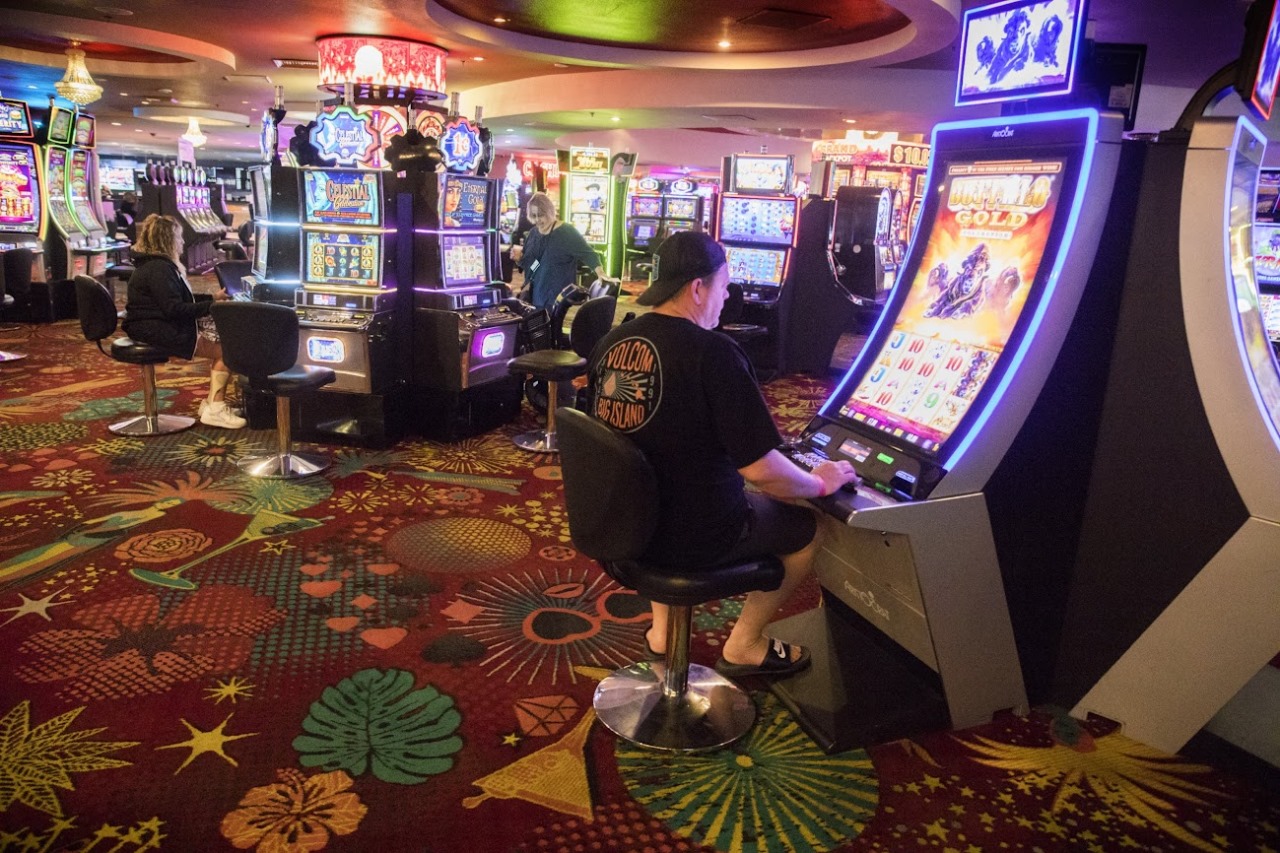In today’s fast-paced retail environment, keeping customers engaged while streamlining operational workflows is more important than ever. One of the most effective ways to achieve both goals is through Multi-screen digital signage management. This technology allows retailers to control and synchronize content across multiple screens, creating a cohesive and visually impactful in-store experience. By simplifying the way content is scheduled, updated, and displayed, busy retailers can focus more on serving their customers and less on managing individual screens.
The Role of Multi-Screen Digital Signage in Retail Success
Retailers are constantly looking for ways to stand out from the competition, and multi-screen digital signage management offers a dynamic solution. Instead of static posters or outdated displays, this technology enables stores to showcase promotions, highlight new arrivals, and communicate brand messages in real time. With several screens strategically placed throughout the store, each delivering coordinated content, customers experience a consistent narrative as they move through the space.
This approach not only captures attention but also encourages longer store visits and increased purchasing decisions. For busy retailers, having the ability to update all displays simultaneously from one central system means no wasted time or manpower. Every second counts in retail, and with multi-screen control, updates can be pushed instantly without the need for manual adjustments.
Why Simplicity Matters in Multi-Screen Management
One of the main reasons multi-screen digital signage management is gaining popularity is its ease of use. Retailers no longer need advanced technical skills or dedicated IT teams to manage their signage network. With intuitive dashboards and cloud-based platforms, changes can be made in just a few clicks. Whether it’s swapping out seasonal graphics, adding a time-sensitive promotion, or adjusting content to match local events, everything can be done quickly and efficiently.
This simplicity is especially valuable for retailers juggling multiple responsibilities. Store managers, who already handle staffing, inventory, and customer service, can’t afford to spend hours navigating complicated software. A streamlined multi-screen system reduces stress and frees up time to focus on sales and customer satisfaction.
Enhancing Customer Engagement Through Coordinated Content
A single screen can deliver a message, but multi-screen digital signage management has the power to tell a story. Imagine a customer entering a fashion store and seeing a coordinated sequence across multiple screens—one showing a model walking down a runway, another displaying close-ups of the clothing, and a third showing a special offer for that collection. This creates a cinematic and immersive experience that leaves a lasting impression.
Retailers can also use this approach to guide customers through different sections of the store. For example, grocery stores can use a set of synchronized screens to promote weekly specials in produce, bakery, and deli areas all at once. By using a consistent design style and timing, the brand message remains clear and compelling throughout the shopping journey.
The Power of Real-Time Updates
Another advantage of multi-screen digital signage management is the ability to make real-time updates. In retail, conditions can change quickly—new shipments arrive, competitors launch promotions, or seasonal trends shift overnight. With a cloud-connected system, retailers can instantly adjust their in-store messaging to respond to these changes.
This responsiveness is especially valuable during high-traffic events like holiday sales or clearance promotions. Screens can be updated on the fly to reflect changing inventory levels, ensuring customers always see accurate and relevant offers. This reduces the risk of customer disappointment and boosts trust in the brand.
Reducing Operational Costs and Waste
Traditional marketing materials like posters, flyers, and banners require regular printing, shipping, and installation. These costs add up quickly, especially for retailers with multiple locations. By switching to multi-screen digital signage management, these expenses can be significantly reduced. Once screens are in place, all updates are digital, eliminating printing waste and reducing environmental impact.
In addition to cost savings, the flexibility of digital signage means campaigns can run for as long or as short a time as needed. If a promotion isn’t performing well, it can be replaced instantly without wasting physical stock. This adaptability makes it easier to test and optimize marketing strategies.
Supporting Multi-Location Retail Operations
For retail chains and franchises, multi-screen digital signage management becomes even more powerful. Instead of managing each store separately, content can be centrally controlled and deployed across multiple locations. This ensures brand consistency and helps maintain a professional and polished appearance, no matter where the customer is shopping.
At the same time, the system can allow for local customization. For example, a chain store might run a nationwide campaign while allowing individual locations to add region-specific promotions or event announcements. This balance between centralized control and local flexibility is ideal for busy retailers with diverse customer bases.
Integration with Modern Retail Technology
Modern multi-screen digital signage management systems are designed to integrate seamlessly with other retail technologies. They can connect with point-of-sale (POS) data to display real-time pricing or with inventory systems to promote items that need to be sold quickly. They can also integrate with social media feeds, weather updates, and interactive touchscreens to create a more dynamic experience.
By combining digital signage with data-driven insights, retailers can create highly targeted campaigns that maximize customer engagement and drive sales. This technological synergy is transforming the way brick-and-mortar stores compete in a digital-first world.
The Future of Retail Signage
As retail continues to evolve, the demand for multi-screen digital signage management will only grow. Advances in artificial intelligence, automation, and personalization will make it possible to deliver even more relevant and engaging content to customers. Stores will be able to adapt their displays in real time based on customer demographics, shopping patterns, and even facial recognition technology.
For busy retailers, this means even greater efficiency and effectiveness. Instead of relying on guesswork, signage will become a smart, responsive tool that works in harmony with the rest of the retail ecosystem.
Final Thoughts
In the competitive retail landscape, staying relevant and engaging requires both creativity and efficiency. Multi-screen digital signage management offers a perfect combination of both, enabling retailers to create stunning in-store experiences while reducing the time and effort needed to manage them. From real-time updates to coordinated storytelling, the benefits are clear—this technology not only simplifies operations but also elevates the shopping experience.
Busy retailers can no longer afford to overlook the power of multi-screen systems. By investing in a solution that’s simple, scalable, and impactful, they can ensure that their brand message is always on point and their customers remain captivated from the moment they walk in the door. In an era where attention is the most valuable currency, multi-screen digital signage management is one of the smartest investments a retailer can make.



